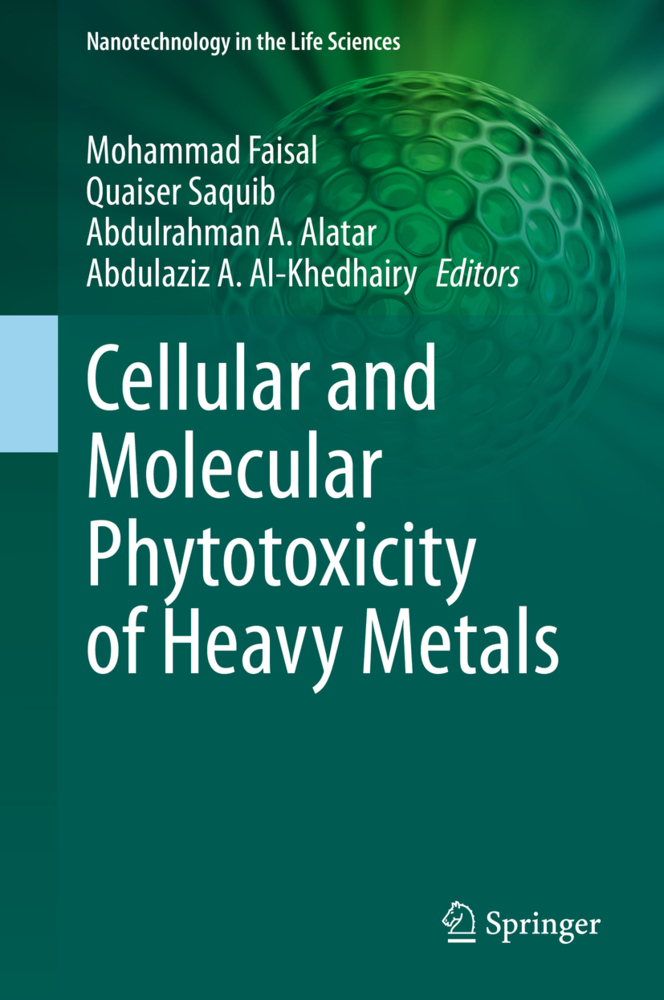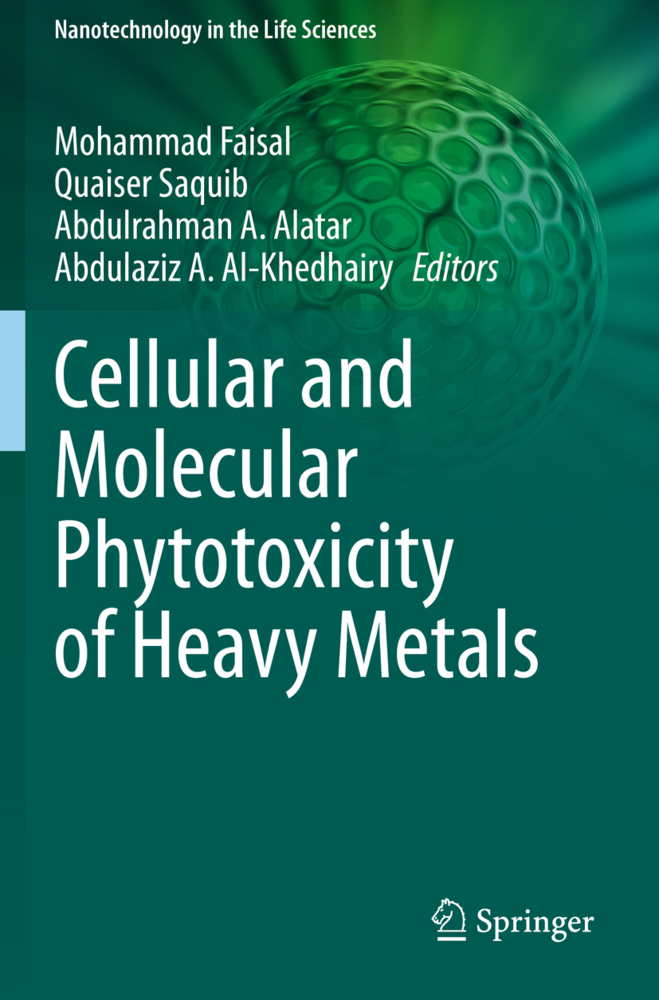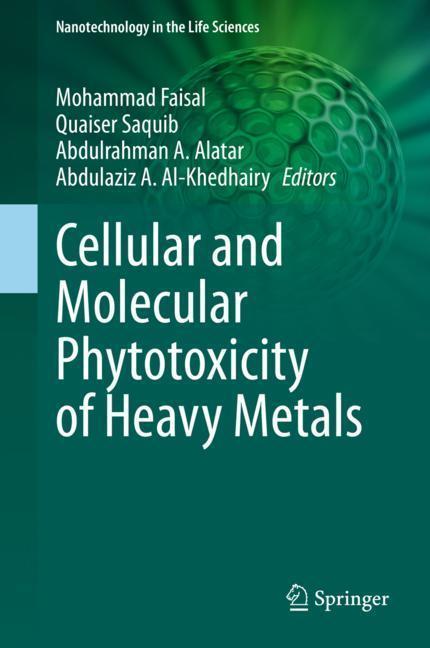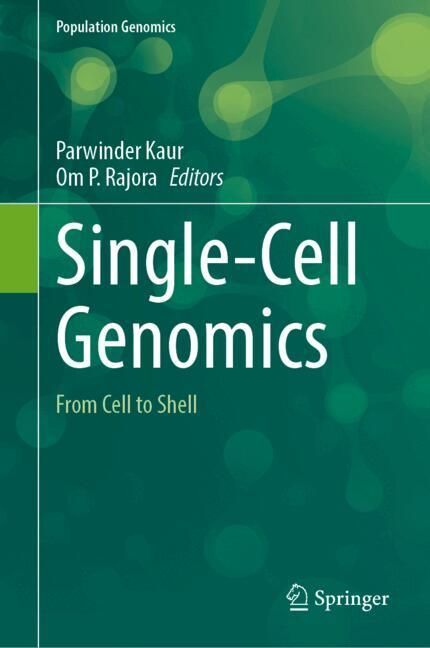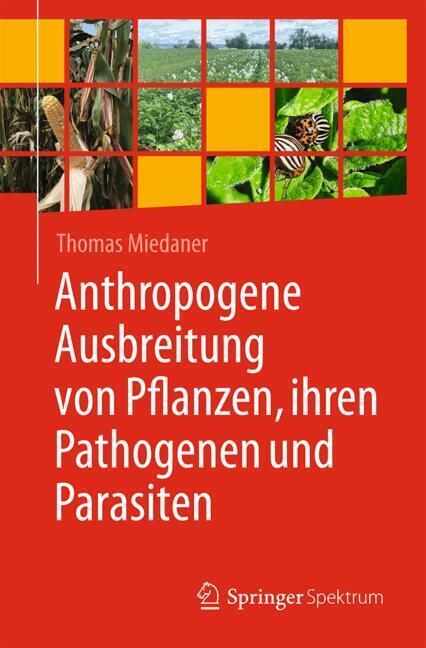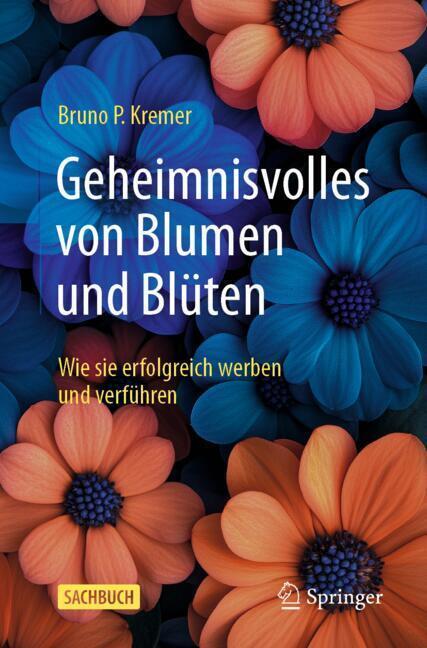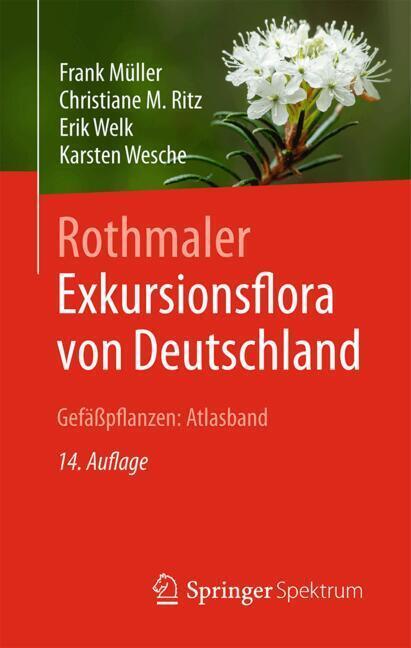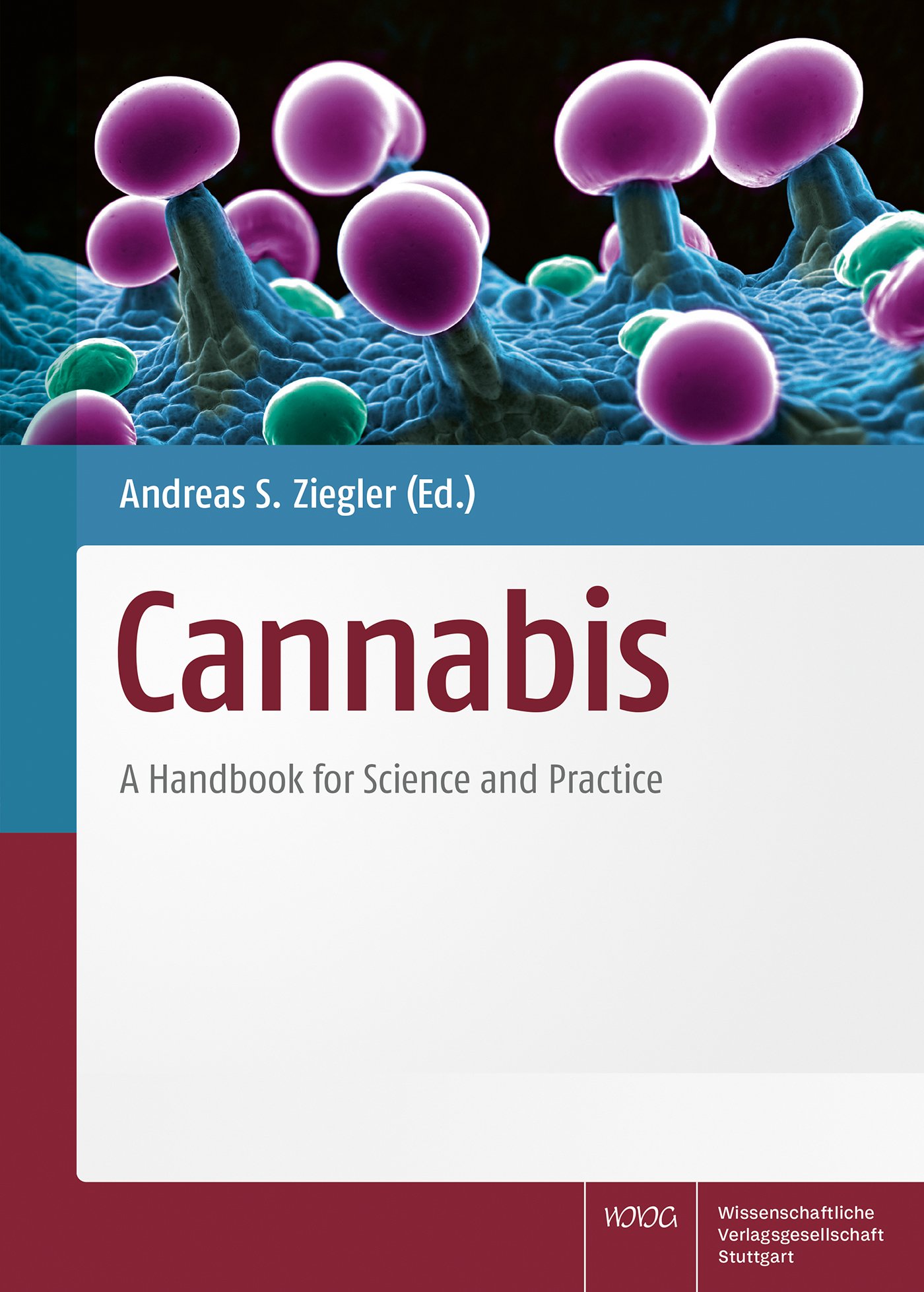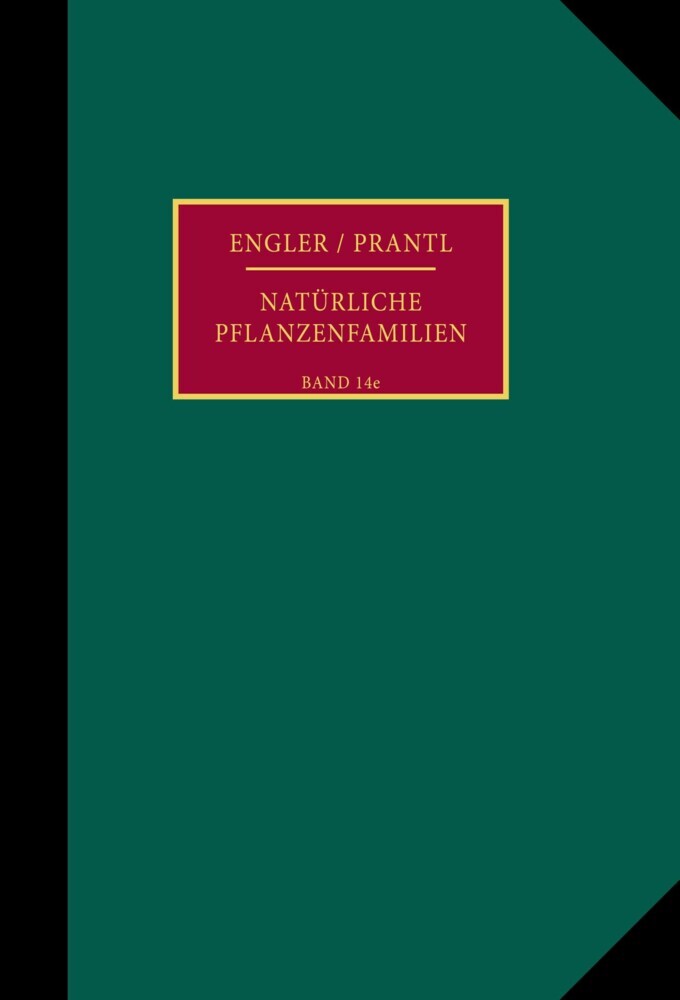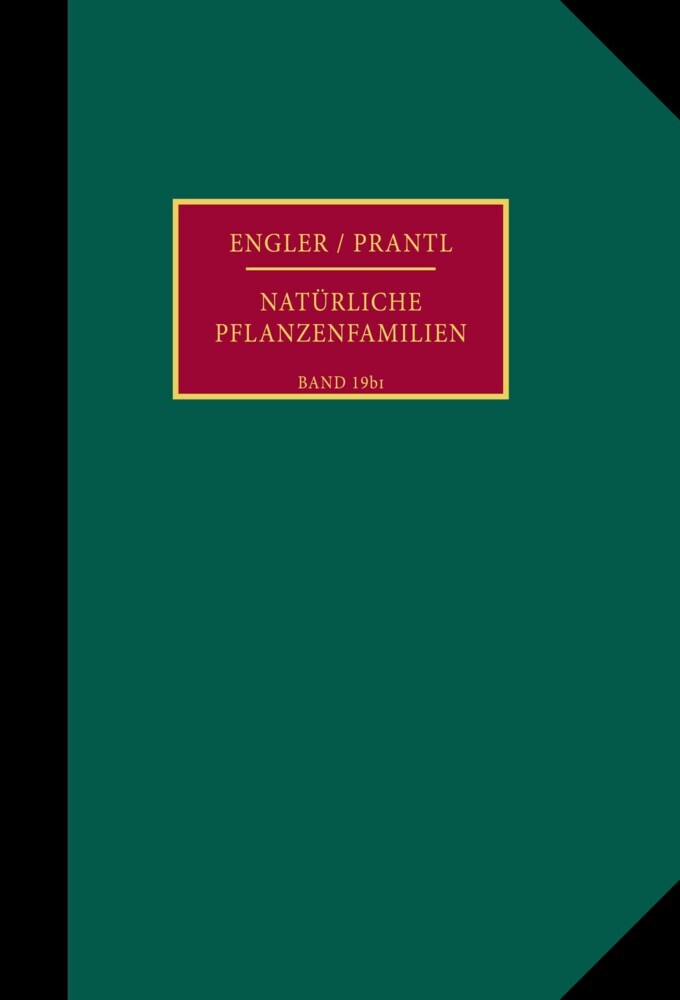Cellular and Molecular Phytotoxicity of Heavy Metals
Cellular and Molecular Phytotoxicity of Heavy Metals
Plant growth and development is closely dependent on the plant environment, including the wide-spread presence of organic and inorganic xenobiotics and pollutants. Currently, heavy metals are the most common inorganic environmental pollutants and they have pronounced effects and consequences not only for plants, but also for the ecosystem in which the plants form an integral component. It has been suggested that these contaminants accumulate in agricultural crops, thus entering the food chain and posing a significant health risk. Plants growing in polluted sites exhibit altered metabolism, reduced growth, and decreased biomass production. These pollutants adhere to plant roots and exert physical or chemical toxicity and subsequently cell death in plants. Yet, plants have developed various defence mechanisms to counteract the toxicity induced by heavy metals.
Only detailed study of the processes and mechanisms would allow researchers and students to understand the interactions, responses, and adaptations of plants to these pollutants; however, there are several unresolved issues and challenges regarding the interaction and biological e ects of heavy metals. Therefore, this volume provides relevant, state-of-the-art findings on environmental phytotoxicity and the mechanisms of such interactions at the cellular and molecular levels. This volume consists of chapters on relevant topics contributed by different experts or group of experts so as to make available a comprehensive treatise designed to provide an in-depth analysis of heavy metals phytotoxicity.
This book may serve as a reference to scientists, researchers and students in the fields of toxicology, environmental toxicology, phytotoxicology, plant biology, plant physiology, plant biochemistry and plant molecular biology, and especially those interested in heavy metals toxicology.
Preface
1. Heavy metals - definition and nanoparticle uptake in plants2. Cellular and molecular responses of plant cell against heavy metal toxicity
3. Effect of heavy metal stress on growth and yields of crop plants
4. Heavy metal induced toxicity responses in plants: an overview from physicochemical to molecular level
5. Heavy metal stress responsive phyto-miRNAs
6. Phytoremediation: A useful and environment friendly option to combat phytotoxicity of soil heavy metals
7. Heavy metal contaminated soils: weeds as potential phytoremediation agents - issues and prospects
8. Role of beneficial microbes in molecular phytotoxicity of heavy metals
9. Mechanisms of heavy metal tolerance in plants
10. Mechanistic of phytotoxicity caused by heavy metals nanoparticles
11. Mitigation effect of plant growth regulators on heavy metals phytotoxcity in plants
12. Role of microorganism for heavy metal stress toxicity,translocation, mechanism of interaction with the plants
13. Recent Advances in Aluminum Phytotoxicity
14. Use of biochar in heavy metal phytotoxicity mitigation in plants
15. Cellular and molecular phytotoxicity of lead and mercury
16. How plants respond to chromium toxicity
17. Toxicity of tungsten oxide and IAA coated tungsten oxide nanoparticles on Linum usitatissimum germination and their antifungal activity
18. Phytoremediation of contaminated soils using trees
Index.
Faisal, Mohammad
Saquib, Quaiser
Alatar, Abdulrahman A.
Al-Khedhairy, Abdulaziz A.
| ISBN | 978-3-030-45974-1 |
|---|---|
| Artikelnummer | 9783030459741 |
| Medientyp | Buch |
| Copyrightjahr | 2020 |
| Verlag | Springer, Berlin |
| Umfang | XVII, 451 Seiten |
| Abbildungen | XVII, 451 p. 51 illus., 45 illus. in color. |
| Sprache | Englisch |

